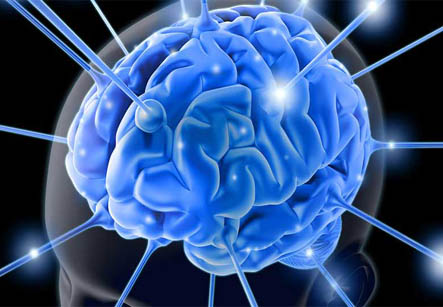Brain Damage
Introduction
Stem cells are considered as the building blocks of life. These cells have the remarkable potential for regeneration and development into various different cell types in the body during early life and growth. Stem cell therapy involves the use of stem cells for regeneration of the diseased and damaged tissues or organs to improve the quality of life of people suffering from various incurable diseases.
Newer and advanced regenerative medicines can use stem cells to create living and functional tissues. This can help to regenerate and repair tissue and organs in the body which are damaged due to age, disease and congenital defects. Stem cells have the power to migrate selectively to these damaged areas and develop into new cells and tissues by performing a repair and a renewal process. This can possibly result in anatomical as well as functional restoration. Regenerative medicine has the potential to provide a cure for failing or impaired tissues.
While some researchers believe that the therapeutic potential of stem cells has been overstated, an analysis of the potential benefits of stem cells based therapies indicates that millions of people may be benefitted with this therapy, especially the patients with cardiovascular disorders, autoimmune disorders and diabetes. Patients with other disorders likely to benefit include osteoporosis, severe burns, and spinal cord injuries.
Iranian scientists have moved to the forefront in embryonic stem cell research, according to a recent joint study by Harvard University and the Massachusetts Institute of Technology

Brain damage and its potential treatment with stem cells
Stroke and traumatic brain injury can lead to cell death, which is characterized by a loss of neurons and oligodendrocytes (glial cells) within the brain. Healthy adult brains contain neural stem cells which divide to maintain a near constant stem cell numbers, or become progenitor cells. In healthy adult animals, it has been found that progenitor cells migrate within the brain and function primarily to maintain neuron populations for olfaction or the sense of smell. In pregnancy and after injury, this system appears to be regulated by growth factors and can increase the rate at which new brain matter is formed. Although the reparative process appears to initiate following trauma to the brain in adults, substantial recovery is rarely observed. This suggests a lack of robustness. Stem cells may also be used to treat brain degeneration, such as in disorders such as Parkinson’s and Alzheimer’s disease.
Transplanting the stem cells into the carotid artery is a fairly simple procedure that can deliver the cells directly to the brain.
Tremendous on-going research is being conducted on stem cells. However, the therapies involving mesenchymal stem cells are currently at an experimental stage for various diseases. It is considered as a promising tool for all kinds of degenerative diseases like spinal cord injury, critical limb ischemia, Duchenne muscular dystrophy, multiple sclerosis and liver cirrhosis. These therapies help stem cells to battle the symptoms of multiple sclerosis. The safety and efficacy of such therapies are still under research and to date they have not shown any adverse effects.
Developing stem cell therapy for brain injury in human patients
Stem cells represent a potential, new method of treatment for those who gave suffered brain injuries, TBI and stroke. The bone marrow stem cells, similar to the ones used in the new study, are a promising source of donor cells. But many questions are being raised regarding the optimal timing, dose and route of stem cell delivery.
Transplanting the stem cells into the carotid artery is a fairly simple procedure that can deliver the cells directly to the brain.
The experiments have also provided key evidence that stem cell treatment can promote healing after TBI (traumatic brain injury) with a substantial recovery of function.